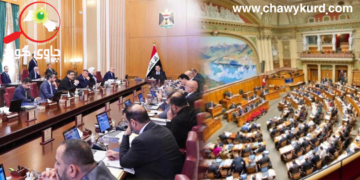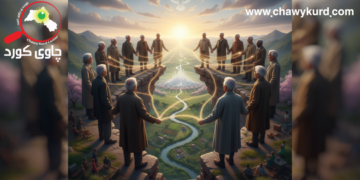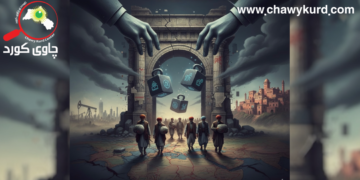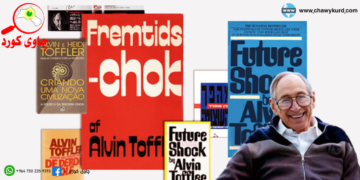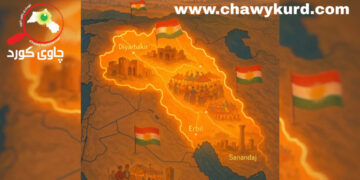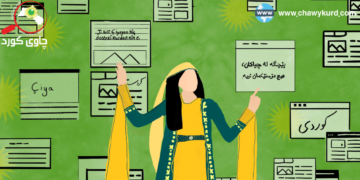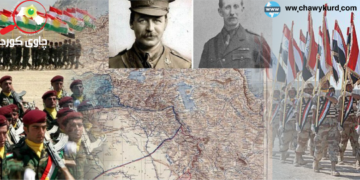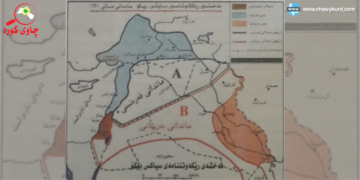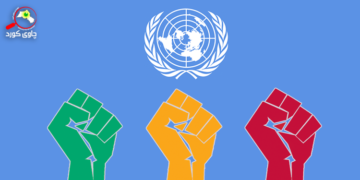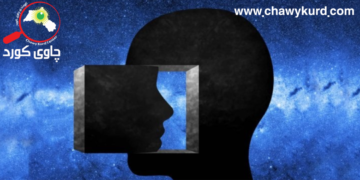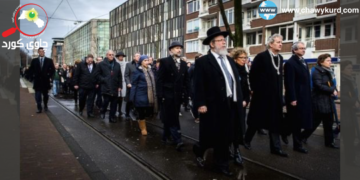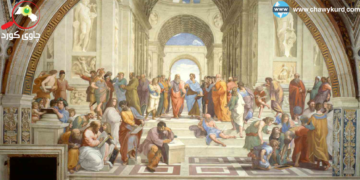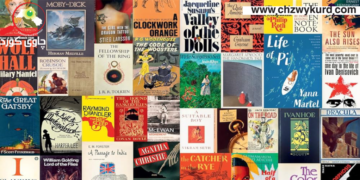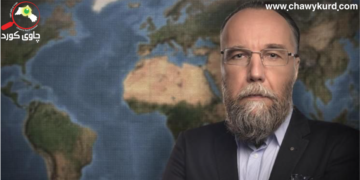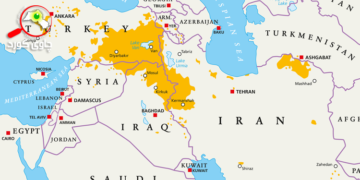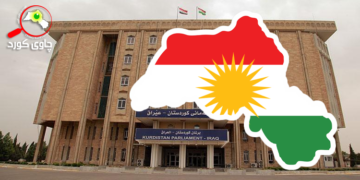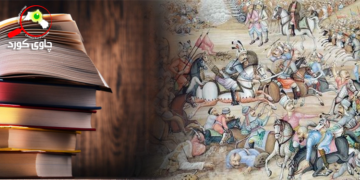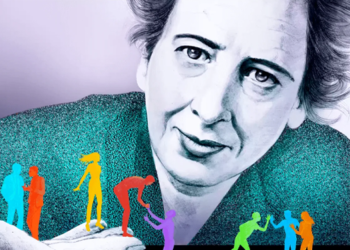“WHO ARE YOU?”
SOPHIE’S WORLD, JOSTEIN GAARDER
“BE CAREFUL WHAT YOU PUT ON FACEBOOK”
BARACK OBAMA
Identity, or the answer to the question “who are you” is a concept that has captured the attention of philosophers for hundreds of years. When this question was posed to the fictional Sophie Amundsen in Sophie’s World her immediate reaction was that she was “Sophie Amundsen” but surely we are more than a name given to us by our parents? Would we be a different person if we had been given a different name? The idea that each person is unique is a tenant of personal identity while social identity refers to our roles and responsibilities.[1] Twentieth Century philosopher George Herbert Mead argues that the self appears through social behaviour, or that social identity affects the formation of personal identity.[2]
These philosophical concepts of personal identity and social identity and their influence on each other and in particular on our sense of selves are playing out on the social networking site Facebook right before our eyes, on our friend’s pages, on our own. Throughout this paper I will consider Facebook as an example of communicative identity, as a performance of the self based on already established social roles. We are who we are on Facebook based on what we already know about identity and perception.
Facebook is a particularly interesting case study in relation to personal identity on the internet because unlike previous generations of social networking such as LiveJournal and to a lesser degree MySpace, people use their real names on Facebook and attempt to represent who they really are:
“People tend to use their real names on Facebook. They also declare their sex, age, whereabouts, romantic status and institutional affiliations. Identity is not a performance or a toy on Facebook; it is a fixed and orderly fact. Nobody does anything secretly: a news feed constantly updates your friends on your activities. On Facebook, everybody knows you’re a dog.”[3]
When Grossman jokes that on Facebook everyone knows you’re a dog she is referring to the iconic cartoon printed in The New Yorker in 1993 where in reference to the anonymity of cyberspace, two dogs sit in front of a computer screen with the caption “on the internet nobody knows you’re a dog.” In 2007 Kimberly Christopherson examined this in relation to social identity in an article appropriately titled The positive and negative implications of anonymity in Internet social interactions: ‘On the Internet, Nobody Knows You’re a Dog’’. Christopherson argues that the internet is a unique social context in which the expression of social behaviours can be analysed.[4] A decreasing level of anonymity brought about through social networking has led to the adoption of different strategies depending on the individual’s goal for social interaction. Computer mediated Communication via Facebook is changing the face of social communication on an interpersonal level.
Kim Moldofsky of the Hormone-Coloured Days blog writes that she has tried to keep her online and offline identity separate yet struggles with this neat division on Facebook because she is representing her “real self” on Facebook:
“Facebook seems like a dramatic collision of online life and IRL. Well, not as dramatic as tectonic plates smashing together and causing earthquakes, but there could be reverberations.”[5]
For Moldofsky a Facebook Philosophy is about maintaining control of a fluid online identity. On Facebook we take our own name and seem to be more willing to part with our personal information than in previous net generations. Facebook users are encouraged to fill in a profile outlining their name, sex, birthday, religion, relationship status, siblings, parents, goals for social interaction and other personal, contact and institutional information. Perhaps Sophie was correct, was I a different me when I went by the name Tieka (a composite of my own name Katie) on IRC and ICQ in the 1990s and all I had to answer was asl (age, sex, location)? In the absence of clearly demarcated networks this was an entirely different projection of identity.
I have been on Facebook for about eight years, I have 359 friends. I friend, I unfriend and I’ve been friended and unfriended. I’ll admit I have no idea who many of my “friends” are, some I consider strangers, others “Facebook friends” who I have come to know through their profiles, status updates, tagged photos and choice of quizzes. Although I really enjoy my Facebook friends and feel a strong connection and sense of community with many of them, most of the time these people are little more than objects of entertainment to me. Many enact a performance of gender roles and social identity, a performance I also participate in as I carve out an online identity based on how and as whom I want to be perceived in both the online and offline world.
George Herbert Mead argued that the self is established through communication. He saw the individual as a product of society, of social interaction. For Mead, we are only able to conceive of ourselves in relation to other people. In the first instance we are an object to others, and then when we take the perspective of other people through language we become an object to ourselves. Although Mead was theorising about these issues during the 1920s, his perspectives have taken on new currency in the Facebook era as Mark Van Hollebeke comments:
“New Internet technologies, including Facebook, Wikipedia and Slingbox, are not being used to their full potential because no one is discussing what the technology means in terms of socialization and who we are. The uproar over the Facebook News Feed and Mini-Feed touched on it.”[6]
On Facebook our profiles are objects to our friends and then through the language of Facebook; profile pictures, status updates, quizzes, relationship statuses and photos we take the perspective of others to communicate ourselves to the network. Drawing on the work of Mead, Van Hollebeke argues that “the individual projects traits based on what others in society think they are” on their Facebook page.[7] Mead was particularly interested in selfhood as an extension of being an object to others, and by extension the self.
“Me” and ‘I” are crucial in Mead’s understanding of social interaction and communicative identity. For Mead “me” referred to the social self while “I” is the response to “me”. The self is intertwined with social existence. When Facebook users decide “what’s on [their] mind” or to update their status they are offering a representation of the self or a “me” based on the socialisation which they have already experienced. For example when one friend posts about cricket on boxing day or another laments the stares of older mothers when she drops her children off at school wearing short shorts, they have selected an identity that they want to project. On Facebook identity is a choice, an object we choose to project. When “I” maintain my Facebook page I select a “me” to project to the world, and myself. My personal identity is selected from a choice of social identities.
Social existence and communicative identity for Mead is a three step process that I wish to outline using the example of profile pictures on Facebook. Firstly, others become aware of an individual’s intentions through their actions or a gesture. A profile picture is one of the first step is the selection of an identity on Facebook, particularly as previous to Facebook people generally adopted avatars or an image that represented a person’s online identity rather than an actual picture of the person.[8] For example on my LiveJournal I have an animation of a stick figure dancing rather than a picture of myself. As Facebook has crossed over into the educational arena with many Universities using Facebook to communicate with students, tertiary institutions are informing students about how to manage their online identities:
“Use your proper name and try to occasionally use a profile picture of your face! (photos of your pet, baby or favourite sunset frustrate people who are trying to track you down)”[9]
When users select a profile picture of themselves on their wedding day or with their partner, or with a group of people at a party or in a nightclub, they are communicating something about their intentions. In the second step, communication takes place because the user selecting their profile picture has knowledge of how others in the network will respond, even if this is only on an unconscious level. This act of choosing a profile picture demonstrates the way “I” chooses a “me”. The woman choosing a picture of herself on her wedding day takes the perspectives of other people knowing people will interpret her as a wife or perhaps a “beautiful bride” which then invites all sorts of other social meanings.
Finally, this picture means something to the individual who is negotiating their personal identity amongst the available social identities. Identity as it emerges in the mind of an individual can not be separated from social processes and interactions:
“Mind, then, is a form of participation in an interpersonal (that is, social) process; it is the result of taking the attitudes of others toward one’s own gestures (or conduct in general). Mind, in brief, is the use of significant symbols.”[10]
The self emerges through perception, meaning and language. The wedding day photo is a symbolic act of communication. While as a gesture, this choice may appear non significant, symbolically it communicates much about the woman’s identity, and her perceived success in life as women experience ongoing social pressure to be married.
My Facebook friends often seem like caricatures of stereotypes of typical types of people we see on television and in the media. I have my married with kids friends, single males on the prowl, single females asserting their sexual freedom, and academic colleagues pimping their latest publication. Sometimes it all feels a bit Melrose Place but with 7 seasons condensed into a daily news feed. Tara Brabazon argues that this saturation of personal information as it is conflated with social identity is leading us down a superficial path:
“The drip-drip-drip of micronews about ‘friends’ on Facebook is corroding our capacity to determine the important, relevant and significant. I do not need to know that Fiona is going out to get plastered on Friday night. I do not need to know that Peter snogged a woman in Komedia on Saturday. This endless washing in the banal corrodes our capacity to differentiate between the war on terrorism and the selection of hair care products, or the military build up in the Middle East and shoe shopping.”[11]
The idea that Facebook users can no longer differentiate between representation and reality has led to calls for people to go offline. Communication overload has inspired a teen movement of “switching off”:
“You’re getting a feed of everything everyone is doing and saying. You’re literally watching the social landscape on the screen, and if you’re obsessed with your position in that landscape, it’s very hard to look away.”[12]
While my first reaction to these calls to switch off Facebook to discover who your real friends are is that they are reactionary and display a fear of new technology, they do resonate. Thanks to Facebook I now know how everyone turned out; those ex-boyfriends I never wanted to see again but kind of wondered about in an I’m so better off without them way and those girls I thought I would be best friends forever with. But not really; I know how they want the world to think they turned out and how that in turn has impacted on their formation of a personal identity. Facebook is an extension of language, and as we participate in it, it participates in the “dynamic, ongoing social process”[13] of personal and social identity as a communicative creation.
Cited: https://www.schirn.de/en/magazine/context/the_philosophy_of_facebook_identity_objects_andor_friends/









